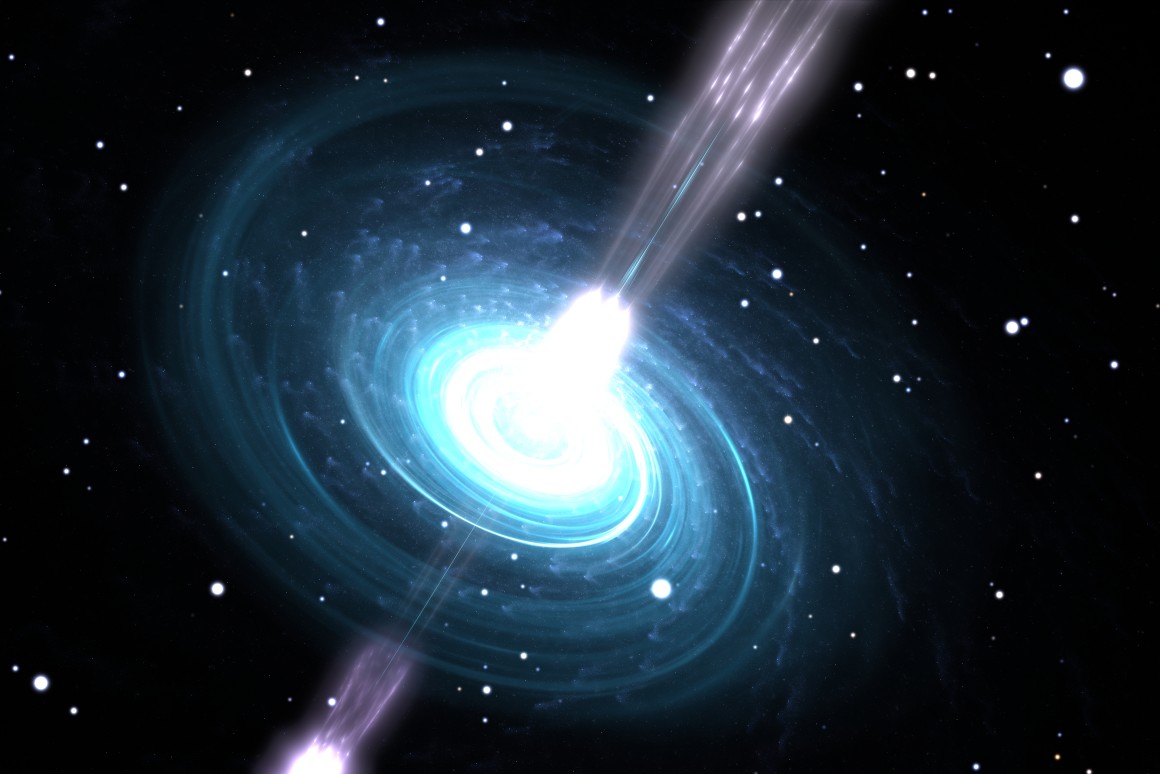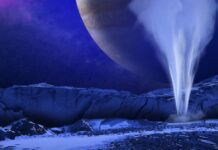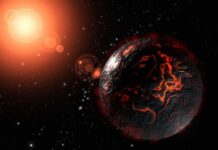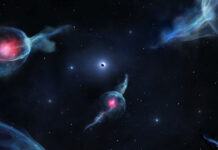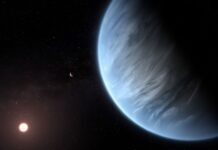PSR J1748-2446ad is a highly magnetized rotating neutron star that emits beams of electromagnetic radiation out of its poles, or in other words a pulsar. It is located in a globular cluster of stars called Terzan 5, located approximately 18,000 light-years from Earth in the constellation Sagittarius. This neutron star holds the record for the highest spinning celestial object in the known universe. PSR J1748-2446ad spins 716 times per second or approximately 24% of the speed of light (around 70,000 km / 43,000 miles per second). That would be like Earth’s equator completing nearly two spins a second instead of one a day.
How come?
Neutron stars are the aftermath of a supernova explosion. This happens when a giant star with a mass between 10 and 29 solar masses (or a few million Earths) collapses into a very small sphere – the rest of the object’s material is expelled into space. Theoretical studies indicate that most supernovae are triggered by one of two basic mechanisms: the sudden re-ignition of nuclear fusion in a degenerate star; or the sudden gravitational collapse of a massive star’s core.
Once there is no outward-pushing pressure, the object starts collapsing. When it becomes 5 times smaller, the gravity becomes 25 times fiercer. When the star shrinks to 100 times smaller than it was originally, the surface gravity becomes 10,000 times stronger and so on. Usually, the collapsing stops when the object is the size of the Earth, but when a giant star explodes, the process can continue until the neutron star is only 20 miles (30 kilometres) wide.
As the star’s core collapses, its rotation rate increases as a result of conservation of angular momentum, hence newly formed neutron stars rotate at few hundred times per second. However, PSR J1748-2446ad has a companion star and it is a part of a binary star system, which accelerates the spinning even further.
Interesting facts
If a person could theoretically stand on this neutron star, they would be no taller than one atom in height because of the extremely powerful gravitational pull. If we overlook the fact that we would be obliterated and crushed down instantly, the sky would be a strange sight. You would be able to see all around the object from horizon to horizon in less than a thousandth of a second. This means that each star would appear as a solid line, so you would probably have a hard time studying the surrounding part of space.

